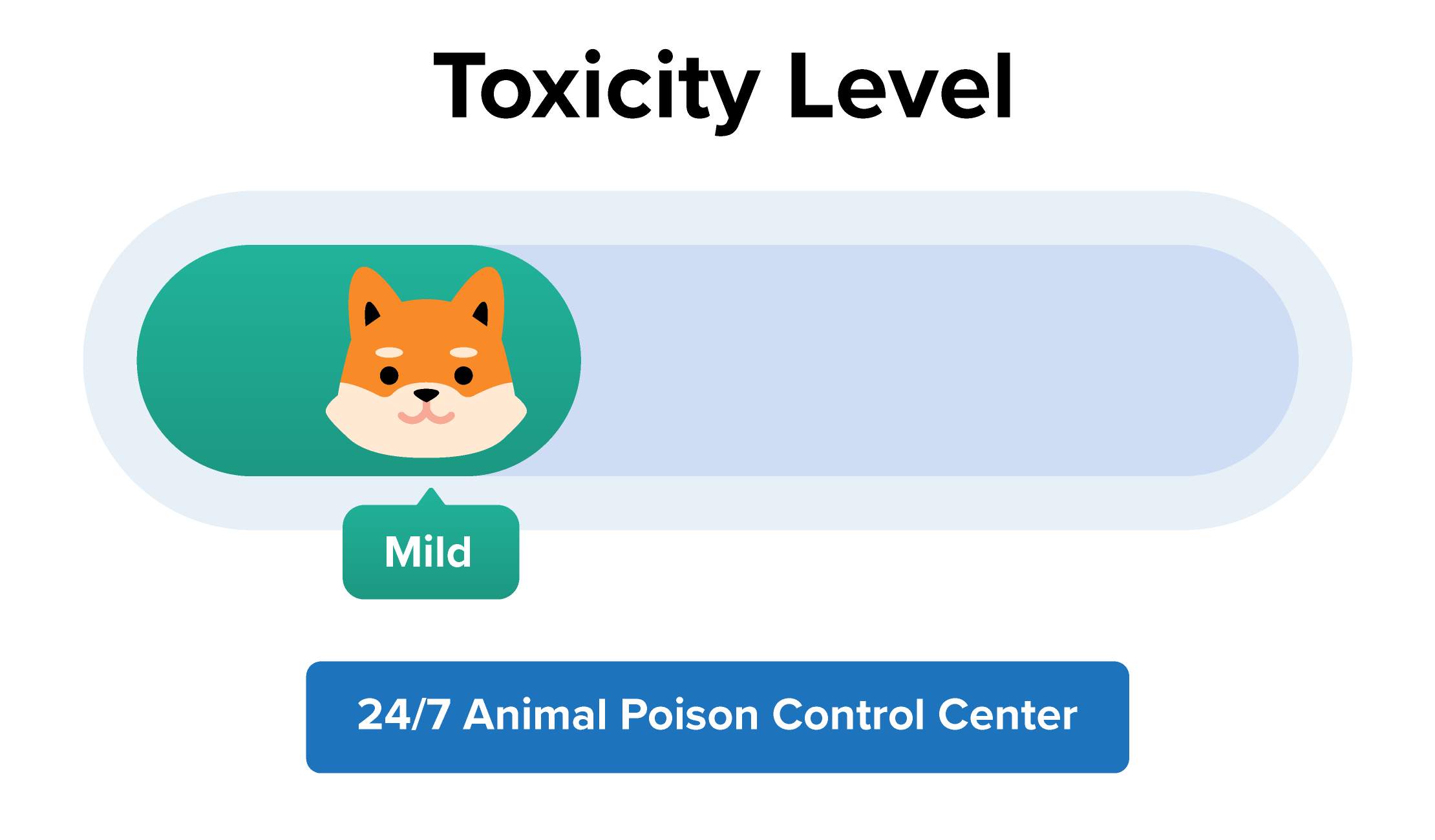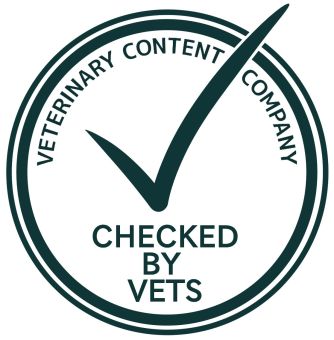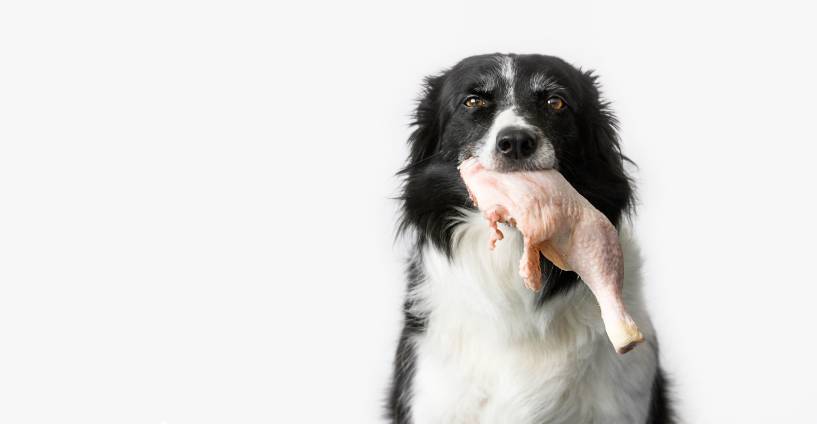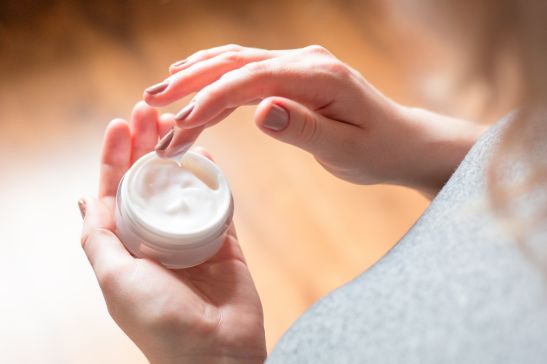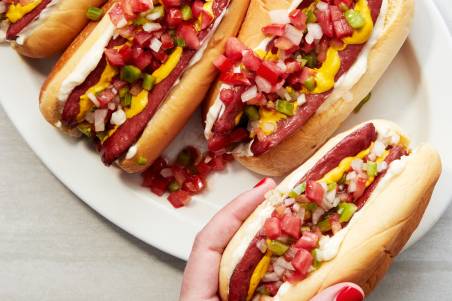Dogs are famous for eating all types of things. They may eat wood, rocks, underwear, and more! That “and more” even includes human hair!
Connect with a verified veterinarian in minutes. Licensed vets are available 24/7 to answer your questions. No need to worry about your furry family member.
Has your dog eaten human hair? Are you worried the human hair will make your dog sick? If so, then you’ve come to the right place. We understand it’s scary when your dog eats something he shouldn’t.
In this article, we’ll take a look at human hair and whether or not it can make your dog sick. Let’s get started!
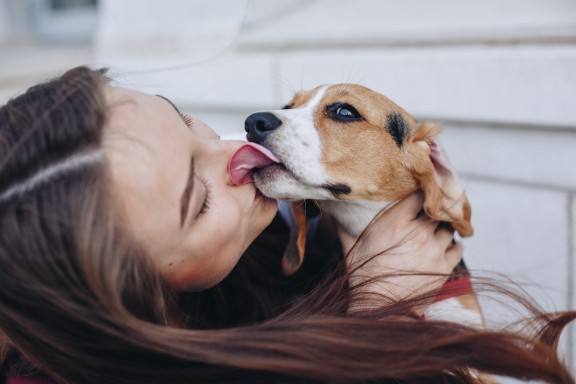
Why Do Dogs Eat Human Hair?
There are several reasons dogs might eat human hair. For one thing, they may see a clump of hair on the floor and start to play with it. The dog may then become curious and try to eat the human hair. Yuck!
In puppies, they’re probably just exploring their new world! Puppies are curious about everything and may see the hair and play with it. While they play with the hair, the puppy may take the hair in his mouth to get a better idea of what it is. It’s at this point that the puppy may accidentally swallow the hair.
Some dogs have a condition called pica. This is a behavioral condition that causes dogs (as well as humans and other animals) to eat non-food items. Some dogs may be bored, suffer from separation anxiety, or just eat things out of habit. However, there are also dogs with pica that may have a nutritional deficiency or may not be getting enough to eat. This may cause them to eat non-food items such as human hair.
Can eating human hair make a dog sick?
Human Hair & Dogs
A little bit of human hair is not going to make your dog sick. However, if your dog eats a large amount of hair, he could develop a serious health issue. Large amounts of human hair in the dog’s digestive tract could ball up and become stuck. If this happens, it may create an intestinal blockage. If this condition is left untreated, it can lead to death.
When a dog eats a large amount of human hair, a trichobezoar may form. “Trichobezoar” is a fancy word that means a hairball forms in your dog’s digestive system. You normally think of cats and hairballs, but dogs? Yes, dogs can develop hairballs from eating any kind of hair.
Another problem is if the human hair is covered in any hair products. Some of these can be toxic to dogs.

Review symptoms, medications & behavior to keep your pets healthy with a Vet Online in just minutes.
Ask a Vet Live NowSymptoms of Human Hair Ingestion in Dogs
You may notice these symptoms if your dog has eaten a large amount of human hair:
- Diarrhea
- Vomiting
- Drooling
- Constipation
- Weakness
- Lethargy
- Abdominal pain & swelling
These symptoms can indicate your dog has developed an intestinal blockage. So, if your dog is showing these symptoms and he has eaten a lot of human hair, then call the vet immediately. This is an emergency.
If you notice any human hair coming from your dog’s anus, do not pull it. This could cause an injury to the intestines, which could be very serious. It is best to call the vet instead.
Treatment for Hairballs in Dogs
If your fur baby has eaten human hair and a blockage has formed, this will need to be removed. The vet may be able to do an endoscopic procedure and remove the hairball from your dog’s stomach. If the hairball is further along in the digestive system, the vet may have to perform surgery. The surgery allows the vet to access your fur baby’s digestive tract and remove all hairballs (in case there’s more than one).
Your dog may need to be hospitalized for a few days, depending on his condition. Rest assured that most dogs do well with this kind of surgery.
When your canine companion’s ready to go home, the vet will provide you with instructions on how your dog should eat, any medication he may need, and activity restrictions. Be sure to follow your vet’s instructions carefully, especially if you need to give your dog prescription medications.
Prevention of Hairballs in Dogs
The best way to keep your dog from eating hair is to train him to leave hair alone. Use the “drop it” cue for when you see him pick up a bunch of human hair. In addition, brush your fur baby regularly to keep him from swallowing too much of his own hair. It can also help to keep your home clean by vacuuming or sweeping regularly. That way, your dog won’t have as many opportunities to find and eat hair!
The prognosis for dogs that develop an intestinal blockage is usually very good if the dog receives prompt medical care.
Connect with a verified veterinarian in minutes. Licensed vets are available 24/7 to answer your questions. No need to worry about your furry family member.

Gemma Cliffin BSC BVSC MRCVS
This article has been reviewed and approved by an independent Veterinarian: Dr Gemma Cliffin MRCVS is an experienced small animal vet who combines her love of writing alongside working in practice. Since her graduation from the University of Liverpool in 2014 she has worked in a wide variety of roles including first opinion practice, as a night vet and as a locum vet. She has also spent time working at a charity clinic in the Cook Islands which was a challenge but also immensely rewarding. She loves all aspects of veterinary work, but she especially enjoys medicine cases and diagnostic imaging. She is passionate about pain-management, particularly in her more senior patients. She currently works in a first opinion small animal practice in North Yorkshire where she deals with both routine and emergency cases.
Review symptoms, medications & behavior to keep your pets healthy with a Vet Online in just minutes.
Ask a Vet Live Now
